
Lisbon
PortugalLisbon, a city draped across seven hills overlooking the Tagus River, whispers tales of seafaring explorers and melancholic Fado melodies from its sun-drenched streets. It wasn't always Portugal's undisputed capital; for a time, Coimbra held that central role, a detail that speaks to the shifting tides of power in the Iberian Peninsula. Yet, Lisbon's strategic port location ultimately destined it for a prominent future. Consider this: Lisbon is reputedly older than Rome. Archaeological findings suggest Phoenician traders established a settlement here around 1200 BCE, predating the legendary founding of the Eternal City. This ancient lineage imbues Lisbon with a profound sense of history, its very soil holding echoes of civilizations long past. Intriguingly, the iconic yellow trams that rattle through Lisbon's narrow, winding streets are not entirely Portuguese in origin. Many of these charming eléctricos are actually American, modeled after trams that once traversed the streets of Harlem and New Orleans. Locals even affectionately nicknamed them "Americanos," a nod to their surprising heritage. Another fascinating aspect of Lisbon lies in its connection to a global culinary icon: tea time. Catherine of Braganza, a Portuguese princess who married King Charles II of England in the 17th century, is credited with popularizing tea drinking in the British court, thus introducing a ritual enjoyed worldwide. This seemingly small detail highlights Lisbon's unexpected influence on global customs. Beyond its historical and cultural contributions, Lisbon holds a unique record as home to the oldest bookstore in the world still in operation. Livraria Bertrand, located in the Chiado district, first opened its doors in 1732 and has been continuously selling books ever since, earning it a Guinness World Record and making it a must-visit for literary enthusiasts. Furthermore, Lisbon's patron saint, Saint Vincent, is said to have had his remains brought to the city by a boat guided by ravens. These birds became a symbol of Lisbon, often depicted on its coat of arms, and for centuries, a flock of ravens was even kept at the Sé Cathedral, a tangible link to this legendary tale. Finally, the entire Baixa Pombalina district, the elegant, grid-patterned downtown area, is a testament to resilience. It was completely rebuilt after the devastating 1755 earthquake and tsunami, a feat of 18th-century urban planning led by the Marquis of Pombal. The grand avenues and neoclassical architecture stand as a powerful reminder of Lisbon's ability to rise from the ashes and reinvent itself. To wander through Lisbon is to encounter a city where ancient roots intertwine with surprising global connections, all set against a backdrop of stunning architecture and a melancholic yet captivating spirit.
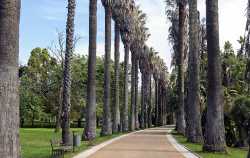 Jardim Botânico Tropical
Botanical Garden
Jardim Botânico Tropical
Botanical Garden
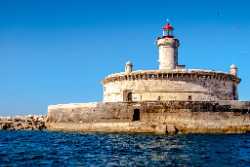 Forte de São Lourenço do Bugio
Castle
Forte de São Lourenço do Bugio
Castle
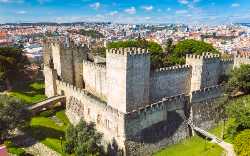 Castelo de São Jorge
Castle
Castelo de São Jorge
Castle
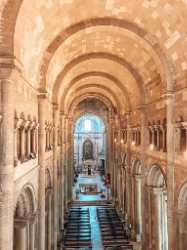 Sé de Lisboa
Cathedral
Sé de Lisboa
Cathedral
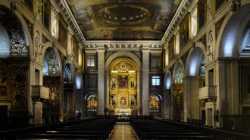 Igreja de São Roque
Church
Igreja de São Roque
Church
 Galeria Ratton
Gallery
Galeria Ratton
Gallery
 Galeria Filomena Soares
Gallery
Galeria Filomena Soares
Gallery
 Galeria Vera Cortês
Gallery
Galeria Vera Cortês
Gallery
 Galeria Cristina Guerra
Gallery
Galeria Cristina Guerra
Gallery
 Underdogs Gallery
Gallery
Underdogs Gallery
Gallery
 Galeria Pedro Cera
Gallery
Galeria Pedro Cera
Gallery
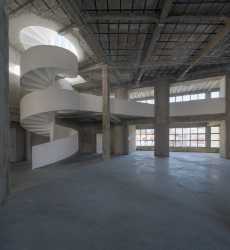 Carpintarias de São Lázaro
Gallery
Carpintarias de São Lázaro
Gallery
 Pavilhão Branco
Gallery
Pavilhão Branco
Gallery
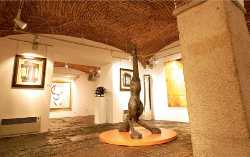 Galeria São Mamede
Gallery
Galeria São Mamede
Gallery
 Espaço Cultural Mercês
Gallery
Espaço Cultural Mercês
Gallery
 ARCOLisboa
Gallery
ARCOLisboa
Gallery
 Kubikgallery Lisboa
Gallery
Kubikgallery Lisboa
Gallery
 Zé dos Bois (ZDB) Gallery
Gallery
Zé dos Bois (ZDB) Gallery
Gallery
 Galeria Beltrão Coelho
Gallery
Galeria Beltrão Coelho
Gallery
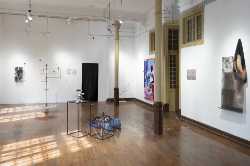 Appleton Square
Gallery
Appleton Square
Gallery
 Galeria das Salgadeiras
Gallery
Galeria das Salgadeiras
Gallery
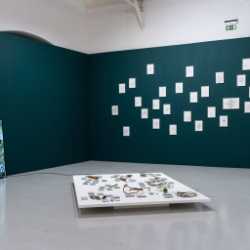 Galeria Avenida da Índia
Gallery
Galeria Avenida da Índia
Gallery
 Arco da Rua Augusta
Historical landmark
Arco da Rua Augusta
Historical landmark
 Mercado de Alvalade Norte
Market
Mercado de Alvalade Norte
Market
 Feira da Ladra
Market
Feira da Ladra
Market
 Mercado de Campo de Ourique
Market
Mercado de Campo de Ourique
Market
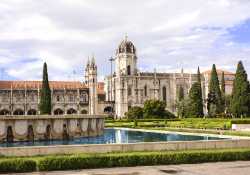 Mosteiro dos Jerónimos
Monastery
Mosteiro dos Jerónimos
Monastery
 Torre de Belém
Monument
Torre de Belém
Monument
 Museu da Marioneta
Museum
Museu da Marioneta
Museum
 Museu da Farmácia
Museum
Museu da Farmácia
Museum
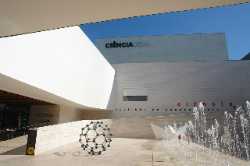 Pavilhão do Conhecimento
Museum
Pavilhão do Conhecimento
Museum
 Museu Calouste Gulbenkian
Museum
Museu Calouste Gulbenkian
Museum
 Planetário Calouste Gulbenkian
Museum
Planetário Calouste Gulbenkian
Museum
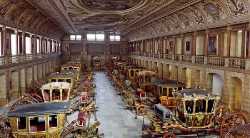 Museu Nacional dos Coches
Museum
Museu Nacional dos Coches
Museum
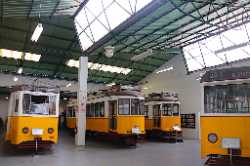 Museu da Carris
Museum
Museu da Carris
Museum
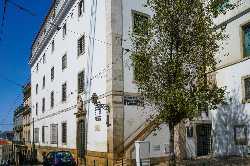 Museu do Aljube Resistência e Liberdade
Museum
Museu do Aljube Resistência e Liberdade
Museum
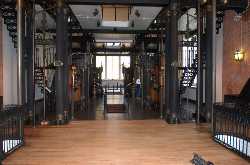 Museu da Água
Museum
Museu da Água
Museum
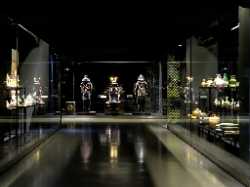 Museu do Oriente
Museum
Museu do Oriente
Museum
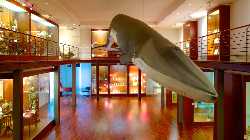 National Museum of Science & Natural History
Museum
National Museum of Science & Natural History
Museum
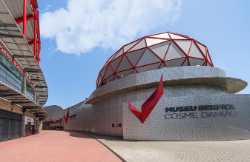 Museu Benfica
Museum
Museu Benfica
Museum
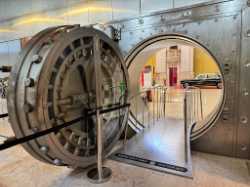 Museu do Dinheiro
Museum
Museu do Dinheiro
Museum
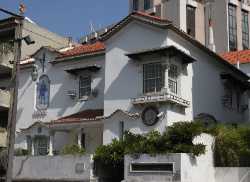 Museu Bordalo Pinheiro
Museum
Museu Bordalo Pinheiro
Museum
 Casa Fernando Pessoa
Museum
Casa Fernando Pessoa
Museum
 Museu Medeiros e Almeida
Museum
Museu Medeiros e Almeida
Museum
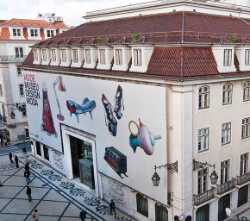 Museu do Design e da Moda
Museum
Museu do Design e da Moda
Museum
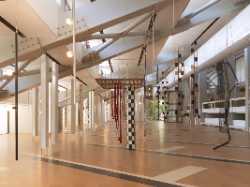 Centro de Arte Moderna Gulbenkian
Museum
Centro de Arte Moderna Gulbenkian
Museum
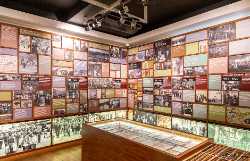 Museu do Aljube
Museum
Museu do Aljube
Museum
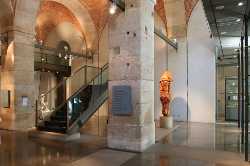 Museu Nacional de Arte Contemporânea
Museum
Museu Nacional de Arte Contemporânea
Museum
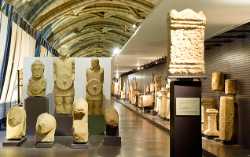 Museu Nacional de Arqueologia
Museum
Museu Nacional de Arqueologia
Museum
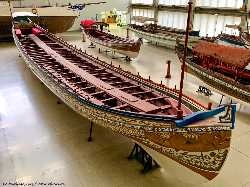 Museu da Marinha
Museum
Museu da Marinha
Museum
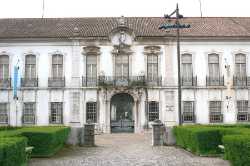 Museu de Lisboa
Museum
Museu de Lisboa
Museum
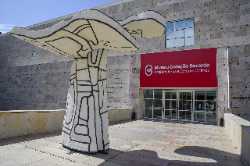 Museu Coleção Berardo
Museum
Museu Coleção Berardo
Museum
 Palácio Nacional da Ajuda
Museum
Palácio Nacional da Ajuda
Museum
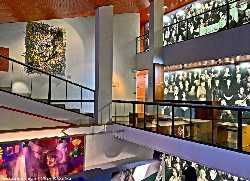 Museu do Fado
Museum
Museu do Fado
Museum
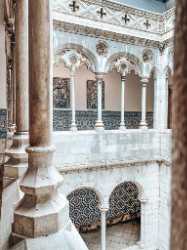 Museu Nacional do Azulejo
Museum
Museu Nacional do Azulejo
Museum
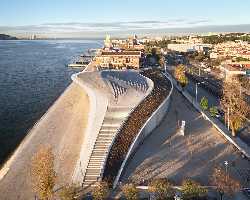 MAAT
Museum
MAAT
Museum
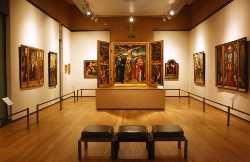 National Museum of Ancient Art
Museum
National Museum of Ancient Art
Museum
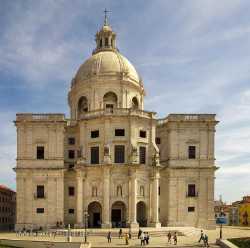 Panteão Nacional
Museum
Panteão Nacional
Museum
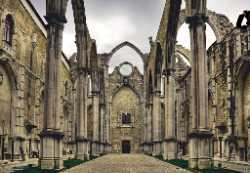 Convento do Carmo
Museum
Convento do Carmo
Museum
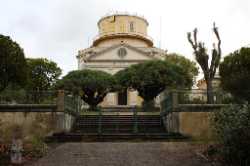 Observatório Astronómico de Lisboa
Observatory
Observatório Astronómico de Lisboa
Observatory
 Palácio das Necessidades
Palace
Palácio das Necessidades
Palace
 Palácio Fronteira
Palace
Palácio Fronteira
Palace
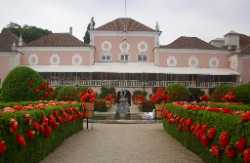 Palácio de Belém
Palace
Palácio de Belém
Palace
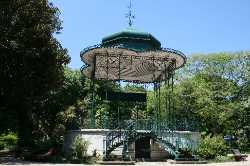 Jardim da Estrela
Park
Jardim da Estrela
Park
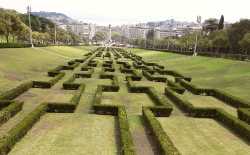 Parque Eduardo VII
Park
Parque Eduardo VII
Park
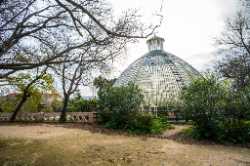 Tapada das Necessidades
Park
Tapada das Necessidades
Park
 Monsanto Forest Park
Park
Monsanto Forest Park
Park
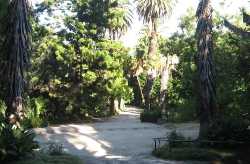 Jardim Botânico da Universidade de Lisboa
Park
Jardim Botânico da Universidade de Lisboa
Park
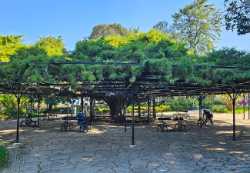 Jardim do Príncipe Real
Park
Jardim do Príncipe Real
Park
 Planetário de Marinha
Planetarium
Planetário de Marinha
Planetarium
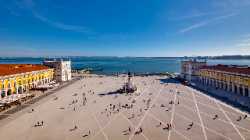 Praça do Comércio
Square
Praça do Comércio
Square
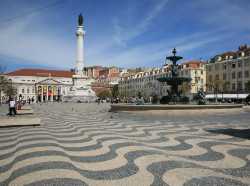 Rossio Square
Square
Rossio Square
Square
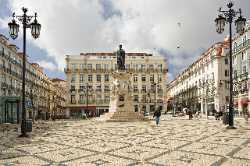 Praça Luís de Camões
Square
Praça Luís de Camões
Square
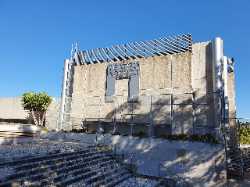 Teatro Aberto
Theatre
Teatro Aberto
Theatre
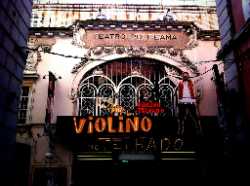 Teatro Politeama
Theatre
Teatro Politeama
Theatre
 Teatro Tivoli BBVA
Theatre
Teatro Tivoli BBVA
Theatre
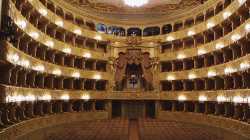 Teatro São Luiz
Theatre
Teatro São Luiz
Theatre
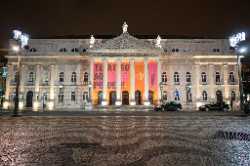 Teatro Nacional D. Maria II
Theatre
Teatro Nacional D. Maria II
Theatre
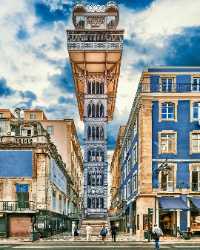 Elevador de Santa Justa
Tourist attractions
Elevador de Santa Justa
Tourist attractions
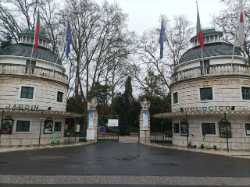 Jardim Zoológico de Lisboa
Zoo
Jardim Zoológico de Lisboa
Zoo